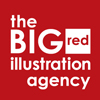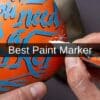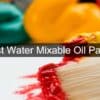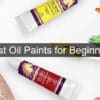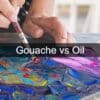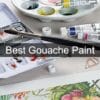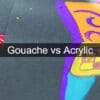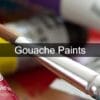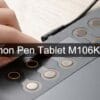Watercolor Markers How to Use
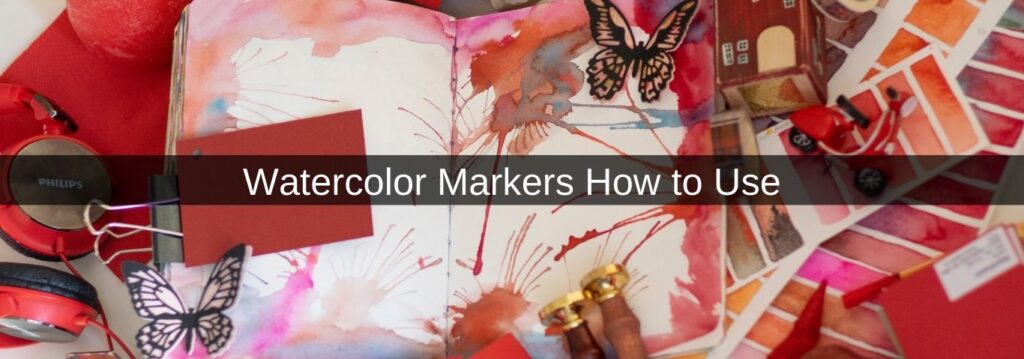
Watercolor markers can be a great addition to your art skills. If you’re new to using these markers, you may be feeling a little unsure about the best practices involved with using them.
These art materials can commonly be found in any art supply store. Watercolors paints and watercolor pencils are popular among artists for use in creative projects, including coloring books and floral designs. They’re also fantastic for improving your blending effects and the ombre effect for better texture.
Well, the post below takes you through the steps involved in using watercolor markers to their full potential. There are different strokes that you can experiment with, along with thin lines and thick lines that can help you to create fantastic pieces of art.
How to Use Watercolor Brush Pens
Watercolor Paper
Firstly, you should know that these brush pens are made to be used with the same technique that you use with regular watercolors. Therefore, they work best on traditional watercolor paper.
This provides you with a smooth surface across thick pages that prevents the water-based ink from seeping through.
Once you’ve got your watercolor paper, follow these techniques:
- Apply your watercolor pens directly onto the page.
- You’ll quickly notice that the marker works very similarly to regular watercolors.
- You can experiment with making the pigments lighter by adding a small quantity of water and drying it with a paper towel.
- Make sure to do this process quickly because the ink dries quickly.
Combining Watercolor Pens
Once you’ve got to grips with using your watercolor paint, you can try mixing colors. One of the approaches to this involves adding color to the page, followed by adding a separate color to it.
However, this technique is a little tricky due to how you have to act fast when adding the second color to ensure that the first one doesn’t dry. It needs to be a wet surface in order for the additional watercolor paints from your brush tips to interact with the first color.
Also, you may not achieve the exact kind of final watercolor marker that you were hoping for.
Another more reliable method of mixing colors involves adding two colors to a water-resistant palette. This ensures that you don’t have to rush the process and you can take more time to combine colors to get the final result that you want.
Just add a tiny amount of water to the palette along with your chosen colors and mix them together. Once you’ve mixed the colors together, you can apply them directly to the page.
It’s best to start with a lighter color with your traditional brush before using a darker color. Using the lighter one first will help you to blend colors more accurately. You can also experiment with using more pressure to notice how the techniques work for creating different effects.
Also read: Best Water Mixable Oil Paints
Watercolors on Marker Tips
If you want to add your watercolors to your markers, the process is simple.
- Choose your color and apply it to the brush tip.
- Add a small drop of water to the tip of your watercolor brush.
- Gently rub the brush on your marker tip.
- You can then get to the fun part and use your brush pen to start drawing on paper.
- You may find that you need to keep reapplying the watercolor to the pen tip because it can look a little faint.
- The main benefit of this, however, is that the pen provides you with more precise control compared to a brush nib from traditional watercolors.
Conclusion
After checking out our post on how to use watercolor brush pens, we hope that you’re feeling more assured about the process. Watercolor painting is a superb skill to learn and incorporating it with marker pens can take your artwork to the next level.
Hopefully, this post has been useful in helping you feel more sure about how to use watercolor markers, whether they be water-based, oil-based, or alcohol-based markers.
If you’re still feeling unsure about how to use watercolors, you could attend a watercolor workshop.
Be sure to also practice using a coloring book before you start painting your own designs. This can give you the confidence to get to grips with your brushes and brush pens.
Affiliate Disclosure
In compliance with the FTC guidelines, please assume the following about all links, posts, photos and other material on this website: Any/all of the links on this website are affiliate links of which The Big Red Illustration Agency receives a small commission from sales of certain items, but the price is the same for you. www.bigredillustrationagency.com is a participant in the Amazon Services LLC Associates Program, an affiliate advertising program designed to provide a means for sites to earn advertising fees by advertising and linking to Amazon.com & Amazon.co.uk. Pages on this site may include links to Amazon and its affiliate sites on which the owner of this website will make a referral commission.
FULL TERMS HERE Cookie preferences: cookie preferences
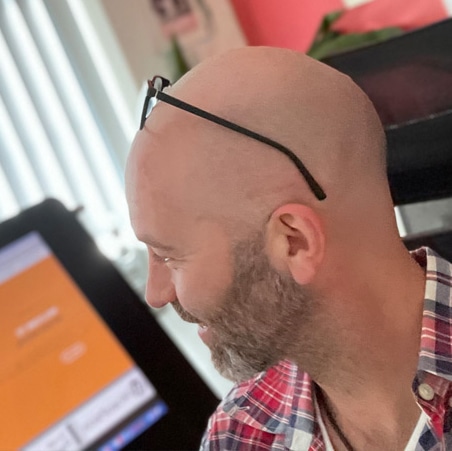
Written By Adam Rushton
Adam has made a name for himself in the illustration industry and is a passionate blogger and writer on the subject of art, illustration and graphic design.
His artwork has been featured in countless publications and used for very well-known media projects. As a professional illustrator for over 20 years, Adams media outlets, a wealth of knowledge, and experience enable him to consult and advise artists and illustrators in this country (from York and Manchester to Southampton and London) and all over the world.
